Lawrence County Farm Bureau hosts 2nd Annual Farm to Fork
The Farm to Fork dinner was held to raise money for the Lawrence County Impact Fund.
Read MoreUltra-pasteurization is a more intense process than regular pasteurization and allows milk to have a longer shelf-life. If you don’t mind the higher cost and if your milk tends to spoil before you can finish it, it might be an option for you to consider. (Although, nutritionists might say that if you just started drinking more milk, you wouldn’t have to worry about the milk spoiling, now would you?)
“Pasteurization” means that milk is packaged under sanitary conditions after being heated to a minimum of 161 degrees for at least 15 seconds, or 145 degrees F for at least 30 minutes. Either heating option kills most bacteria; the type that survive aren’t considered harmful but can spoil milk after a period of time. If pasteurized milk is kept properly refrigerated, it can last anywhere from 12 to 21 days after processing; you can generally count on milk to remain fresh from two to five days after the sell-by date on the carton. The colder the storage conditions, the longer milk will last.
“Ultra-pasteurization” means that milk is heated to a minimum of 280 degrees F for at least two seconds. Although the heating period is much shorter than what’s used for regular pasteurization, the high heat used in the process is much more lethal to bacteria. Packaging conditions for ultra-pasteurized milk are also more stringent — practically sterile. In fact, ultra-pasteurized milk would be considered a sterile product if it was canned or otherwise hermetically sealed. All of this means that, when properly refrigerated, ultra-pasteurized milk can last from 30 to 90 days after processing and before the container is opened. After opening, the milk could become contaminated with spoilage bacteria, but you can generally count on it to remain fresh for at least seven to 10 days after the container is opened.
Some people say they think ultra-pasteurized milk has a different flavor, more “cooked” than regular milk, but others don’t notice a difference.
No matter which kind of milk you choose, be sure your consumption of milk and dairy products meets the Dietary Guidelines for Americans recommendations — three cups each day for anyone 9 years of age or older. If you can’t see yourself drinking that much milk, high-calcium dairy products (yogurt, cheese, ice cream or pudding, for example) count, too. The guidelines encourage fat-free or low-fat choices within the dairy group, not only to reduce calories but also to reduce intake of saturated fats and cholesterol, both of which increase the risk of heart disease. For more information on milk and dairy product recommendations, see myplate.gov.
Chow Line is a service of Ohio State University Extension and the Ohio Agricultural Research and Development Center.


The Farm to Fork dinner was held to raise money for the Lawrence County Impact Fund.
Read More
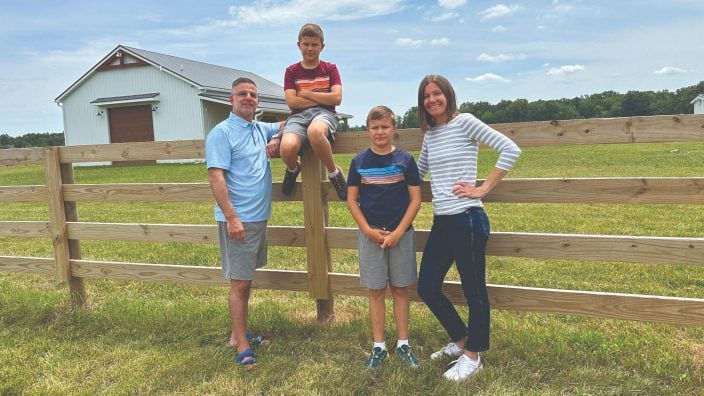
After regaining ownership of her family farm, Gretchen Francis wanted to establish an energy sustainability plan. This led her to Community Energy Advisors and Viridi, Ohio Farm Bureau Energy Program partners.
Read More

For some people, the dream is to build a system to go completely off-grid, However, on-site generation systems typically involve interconnection agreements with local utilities.
Read More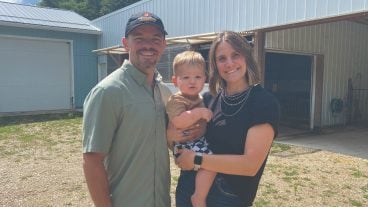
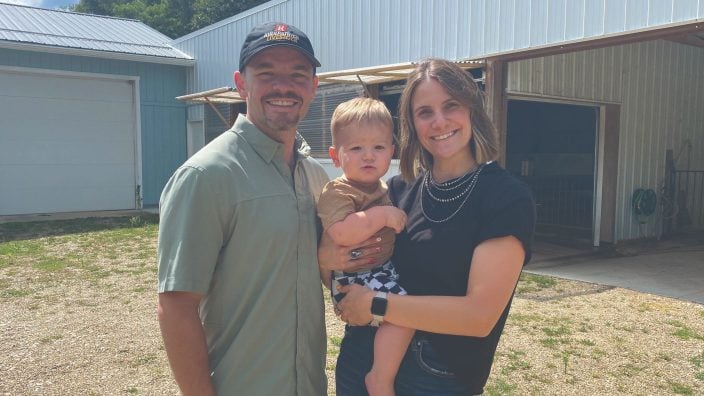
Ohio Farm Bureau’s Energy and Utility Resource Guide can point landowners in the right direction when it comes to easement considerations.
Read More

Political leaders need to consider the important impacts current energy policies and decisions are having on an affordable and reliable energy supply.
Read More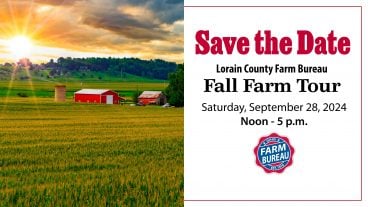
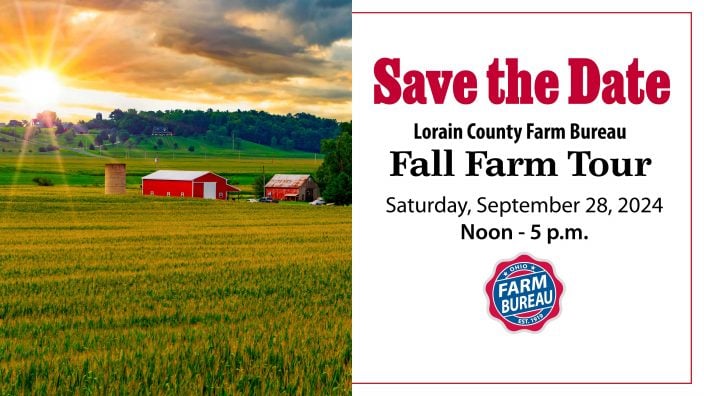
Join us on Saturday, Sept. 28, 2024 from noon to 5 p.m. for the chance to visit four to five different farms in Lorain County!
Read More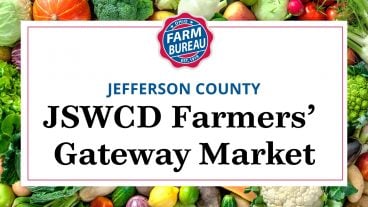
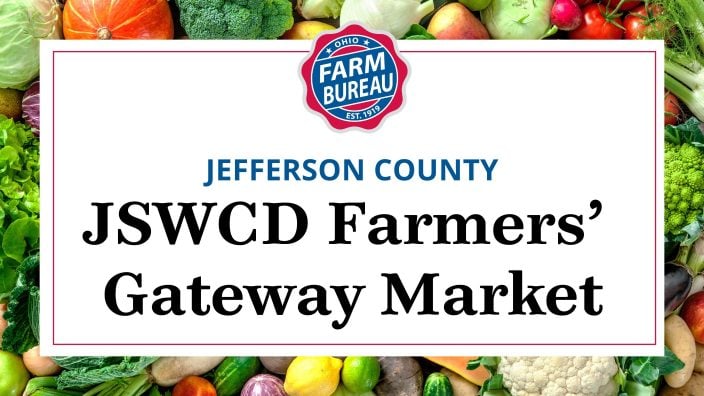
Volunteers served 51 samples of pork chops provided by McConnell’s Market. Veggies were provided by It’s All Good Farm.
Read More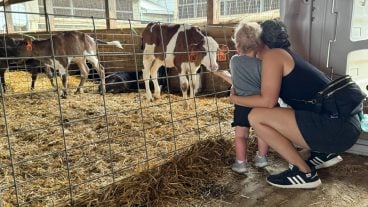
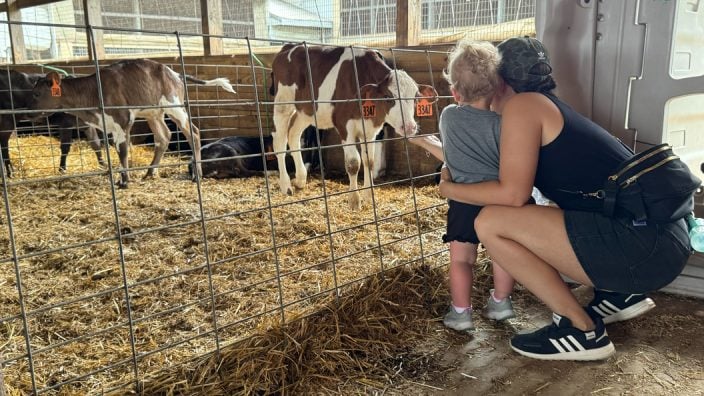
Thank you to everyone who stopped out at the Morrow County Dairy Tour Saturday, June 22!
Read More

Learn more about eligibility and how to include conservation practices on CAUV enrollment forms.
Read More

Bob and Polly Givens are on a mission to inform small landowners-homesteaders of the advantages of CAUV.
Read More